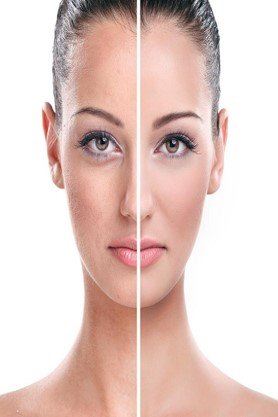- SN College Junction, Velayudha Mansion, Kollam
- (+91) 996 1222 556
LASER HAIR REDUCTION & LASER SKIN THERAPIES
Laser Hair Reduction
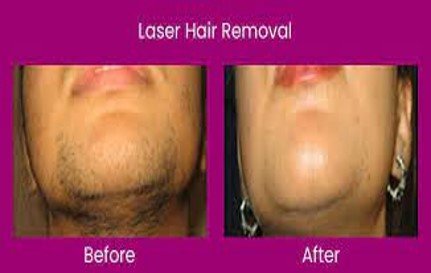
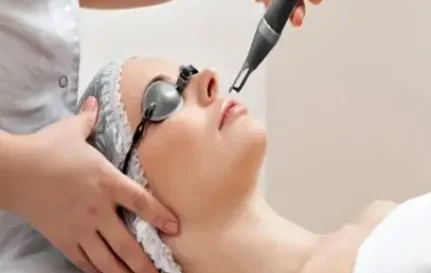
Laser hair removal is a medical procedure that uses a concentrated beam of light (laser) to remove unwanted hair.
During laser hair removal, a laser emits a light that is absorbed by the pigment (melanin) in the hair. The light energy is converted to heat, which damages the tube-shaped sacs within the skin (hair follicles) that produce hairs. This damage inhibits or delays future hair growth.
Although laser hair removal effectively delays hair growth for long periods, it usually doesn't result in permanent hair removal. Multiple laser hair removal treatments are needed for initial hair removal, and maintenance treatments might be needed as well. Laser hair removal is most effective for people who have light skin and dark hair, but it can be successfully used on all skin types.
Have Any Question?
Join hands, save lives.
- (+91) 9731 753 490
- skinstoriesclinic.com
Specific instructions to prepare for laser hair removal. These might include:
Staying out of the sun
Follow your doctor's advice for avoiding sun exposure before and after treatment. Whenever you go out, apply a broad-spectrum, SPF30 sunscreen.
Lightening your skin
Avoid any sunless skin creams that darken your skin. Your doctor might also prescribe a skin bleaching cream if you have a recent tan or darker skin.
Avoiding other hair removal methods
Avoiding blood-thinning medications
Shaving treatment area
Trimming and shaving is recommended the day before laser treatment. It removes hair above the skin that can result in surface skin damage from burnt hairs, but it leaves the hair shaft intact below the surface.
Results
Hairs do not fall out immediately, but you will shed them over a period of days to weeks. This may look like continued hair growth. The repeated treatments are usually necessary because hair growth and loss naturally occur in a cycle, and laser treatment works best with hair follicles in the new-growth stage.
Results vary significantly and are difficult to predict. Most people experience hair removal that lasts several months, and it might last for years. But laser hair removal doesn't guarantee permanent hair removal. When hair regrows, it's usually finer and lighter in color.

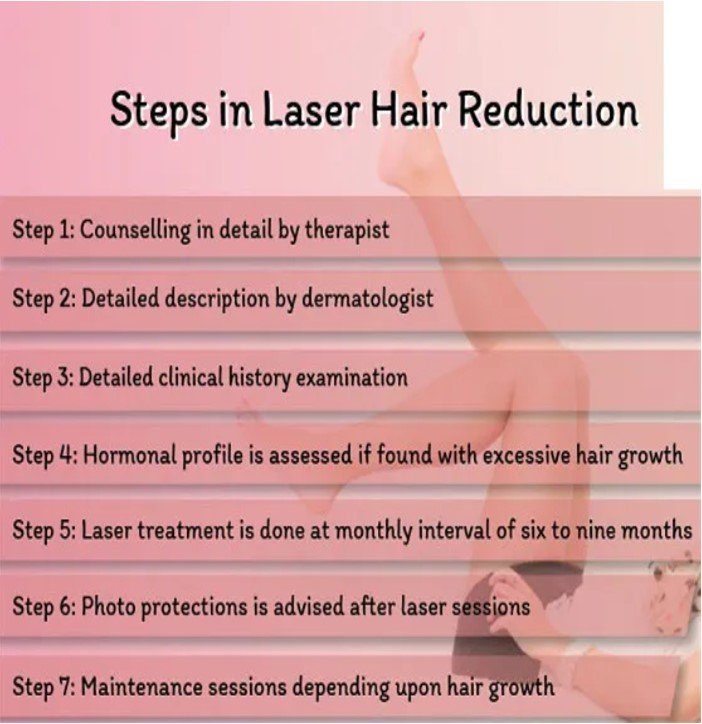
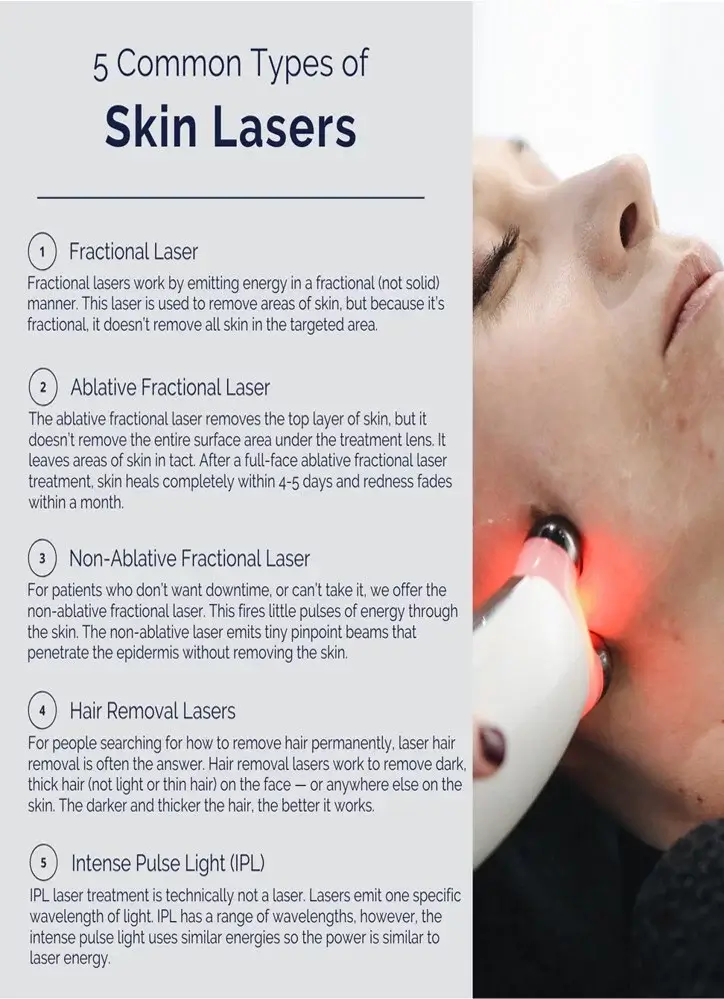
LASER HAIR REDUCTION FOR MEN & WOMEN
- FULL FACE
- UPPERLIP
- UPPERLIP AND CHIN
- AXILLA
- ARMS
- LEGS
- BIKINI LASER
- WHOLE BODY
ND YAG LASER USED FOR
- FRECKLES
- MELASMA
- PIH ( POST INFLAMATORY HYPERPIGMENTATION)
- NEVUS
- TATOO REMOVAL
- CARBON PEEL FOR SKIN REJUVENATION
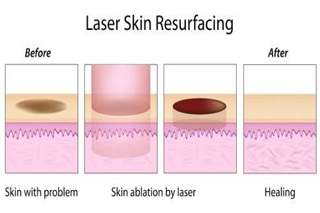

LASER HAIR REDUCTION

CARBON PEEL / HOLLYWOOD PEEL
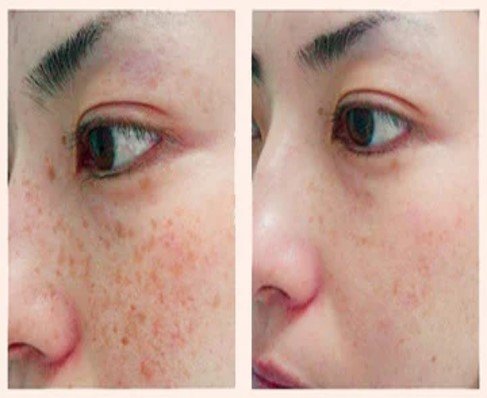
FRECKLES LASER TREATMENT
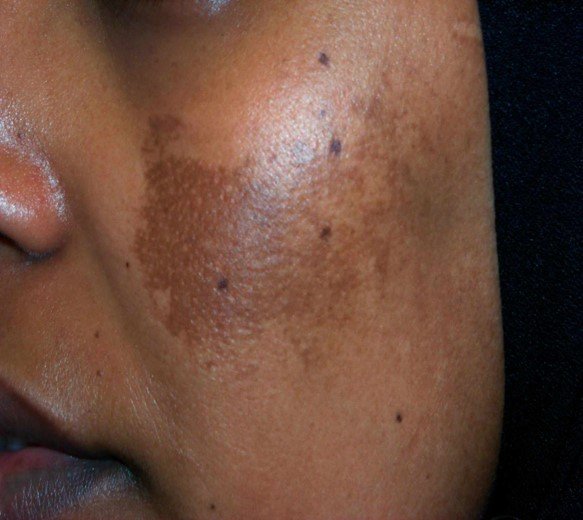
MELASMA
Radiofrequency microneedling is a cosmetic procedure. It uses tiny needles and radiofrequency waves to rejuvenate facial skin.
The treatment is a form of controlled skin injury. The damage stimulates the growth of healthy new skin, which can benefit common skin issues like acne scars and wrinkles.
Compared with treatments like chemical peels and dermabrasion, radiofrequency microneedling is minimally invasive.
If the procedure also uses radiofrequency waves, it’s called radiofrequency microneedling. The needle releases radiofrequency into the channels, causing additional damage. This enhances the effects of standard microneedling.
TATTOO REMOVAL - LASER
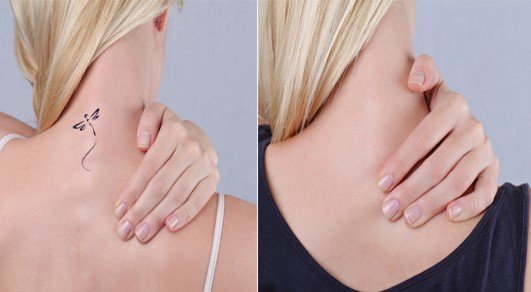
The skin that grows back is thicker and smoother. This can target:
- fine lines
- wrinkles
- stretch marks
- appearance of large pores
- acne scars
- scars from injury or surgery
- hyperpigmentation
- loose, sagging skin
- cellulite
- hyperhidrosis
According to research, radiofrequency microneedling is effective for many skin conditions.
Acne scars
- In a 2014 studyTrusted Source of 31 people, radiofrequency microneedling moderately improved acne scars in 58 percent of the participants. A small 2017 study found similar results.
Skin rejuvenation
- Microneedling with radiofrequency waves can also improve the look of your skin. In a 2013 study, for example, the procedure reduced wrinkles around the eyes. The effects lasted longer than Botox injections.
- A 2020 case reportalso shares that the treatment can reduce loose facial skin.
- Additionally, in a 2018 studyTrusted Source, radiofrequency microneedling improved skin texture and pore size.
Hyperhidrosis
- According to a 2019 study, the procedure can permanently treat hyperhidrosis, or excessive sweating. A 2013 studyfound that the treatment helps by reducing the number and size of sweat glands.
When to expect results
- You’ll see results after 3 to 6 months. The exact time frame depends on the type and severity of your condition.
- In most cases, you’ll need at least four sessions. This also depends on what you’re treating. For example, if you have moderate acne scars, you’ll need about three or four treatments. Bigger scars might need five treatments.
- These sessions will be done every 3 to 8 weeks. This lets your skin heal between treatments.
- After the initial set of treatments, the results will last about 1 year. It’s recommended to have a touch-up session once a year to maintain your desired results.
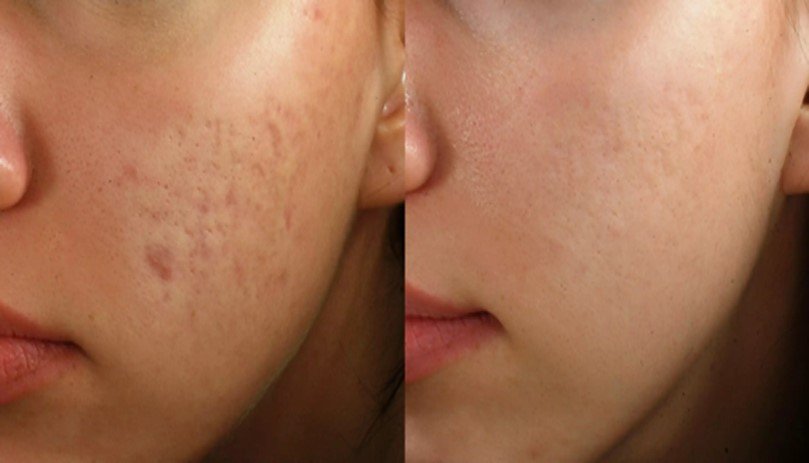
MNRF – ACNE SCAR
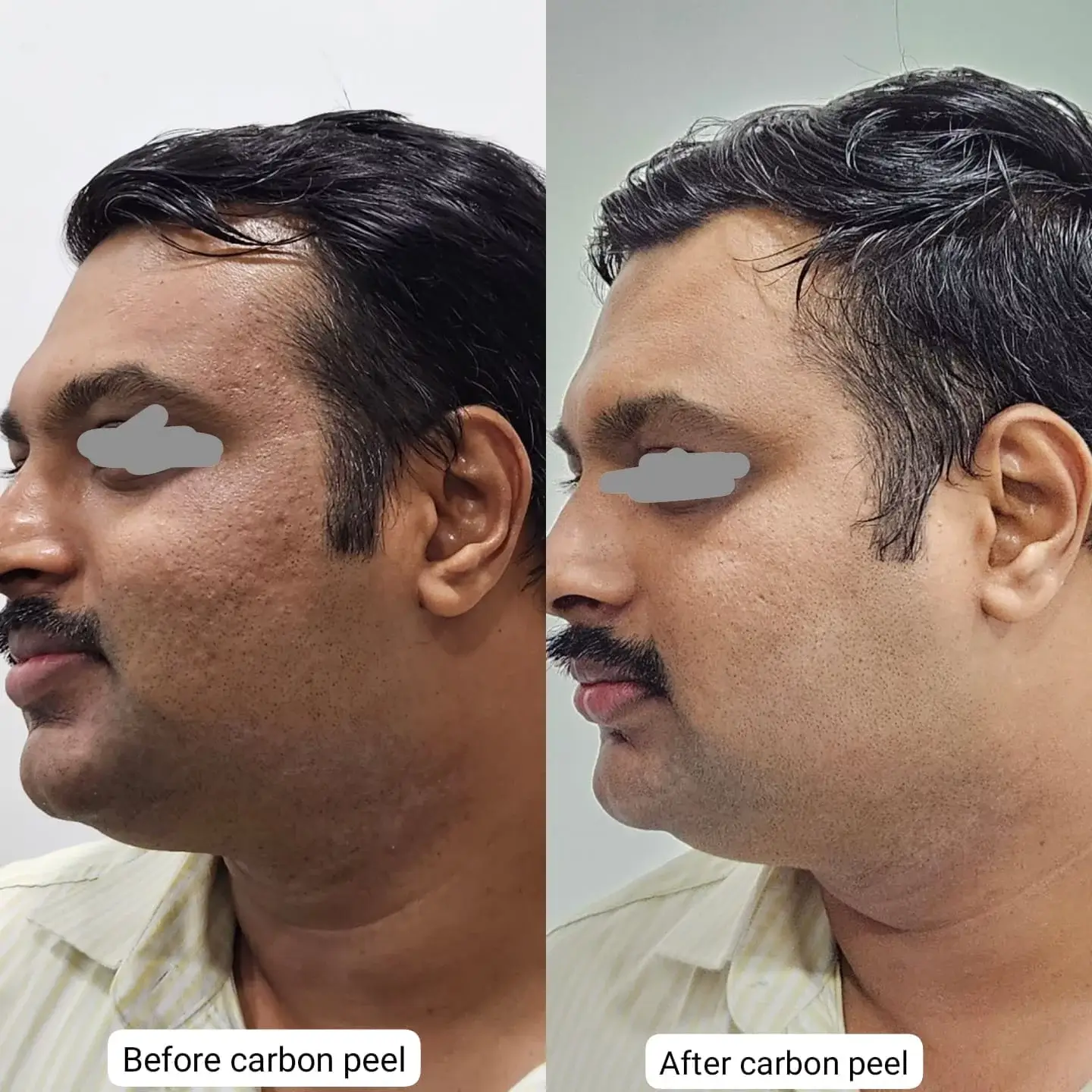
CARBON PEEL / HOLLYWOOD PEEL

FRACTIONAL CO2 LASER
